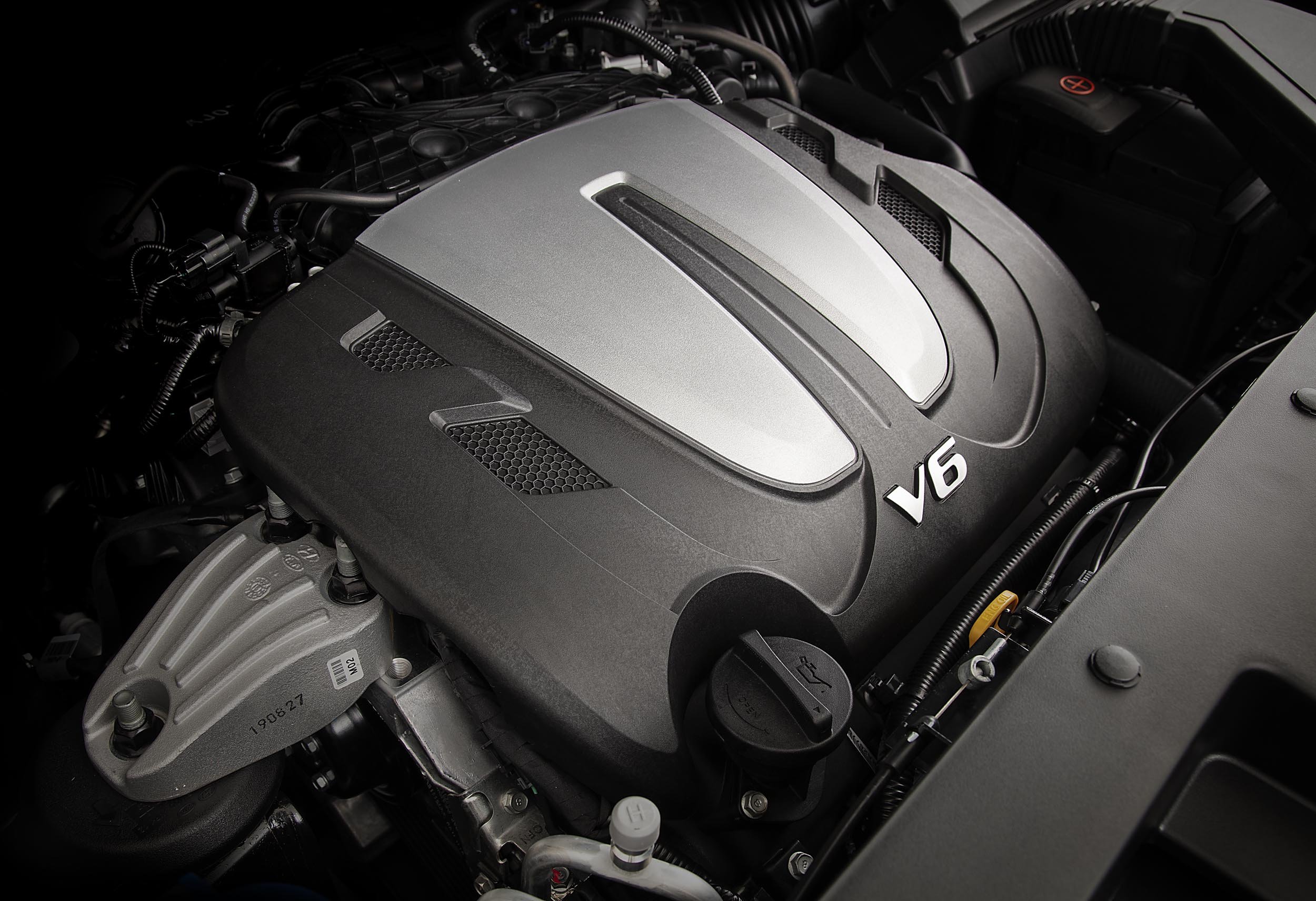Why are most petrol V6 engines so terrible?
QUESTION
Hi John,
You have spoken in the past about how V6 engines tend to be high revving engines, most often found in higher performance passenger vehicles and apparently , the soon to be soccer mum carpark cruiser.
That is to say, the peak power output is achieved at a higher rotational speed compared with other engine configurations. Is their something inherent about V6 configurations which lend themselves to a high revving design, or are prohibitive to being a low end flogger. I am assuming that this is by design, and that the characteristics are invariant of the number of cylinders - but this is not reflected in engines out there in service: while V6s are almost invariably high revving, many V8s, particularly diesels, are not - like the current LandCruiser V8 diesel.
My guess is that dimensional constraints, which are usually the cause for a V configuration in the first place, are prohibitive to the length of the stroke, thus necessitating an over square design to achieve the desired displacement and thus meaning the engine has to go comparatively faster to make power.
Again, I am at a loss because big medium speed diesels as used for motive power in ships and diesel-electric locomotives , like the Alcos and EMDs, are most often of a V configuration - V8, 12, 16, 20, etc.
They are of a decidedly undersquare design and at full power at as little as 800 RPM. I realise this is a different kettle of fish but still the same principles apply (the spacial constraints are different). What is different about a V configuration with 6 cylinders?
I would appreciate your 5 cents worth in the matter.
Cheers,
Remy
MORE ENGINE TECH REPORTS
Engine tech explained: 4-cyl vs 6-cyl vs V8 >>
3 Cylinder Engines VS 4 Cylinders: Which is best? >>
My AutoExpert AFFORDABLE ROADSIDE ASSISTANCE PACKAGE
If you’re sick of paying through the neck for roadside assistance I’ve teamed up with 24/7 to offer AutoExpert readers nationwide roadside assistance from just $69 annually, plus there’s NO JOINING FEE
Full details here >>
Check out my Olight discount! These flashlights are awesome and Olight supports this channel.
Get 12% off your order using the code AEJC here: https://bit.ly/3zF5hCQ
ANSWER
Remy,
I think you’re running a highly over-thought hypothesis/thought experiment, and the answer is much simple than you suggest:
Firstly, you can’t compare petrol and diesel directly - different combustion dynamics, higher cylinder pressures, etc. Plus, all modern diesels are turbocharged and direct-injected.
V6s are old engines - manufacturers are moving away from them, but because the cost of engine development is high, there is a lot of latency in this proposition. For example, the Sorento 3.5 V6P, which is typical, is port injected (old tech) and atmo induction, and makes 200kW at 6300 (9.1kW/L/1000rpm).
Mazda’s 2.5T is direct injected and turbo, and makes 170kW at 5000rpm (13.6kW/L/1000rpm).
So, the figures in brackets control for capacity and revs. The more modern engine is roughly 50 per cent more efficient (like, thermally efficient, not fuel efficient), and this boost in efficiency is mainly the turbocharger and the direct injection.
Diesels are additionally more thermally efficient because of combustion dynamics - the fuel/air mix expands through a greater range. Also, V6s have comparatively shit balance, and hate to rev, get need to, to extract more power.
All old petrol multi-point atmo engines are this bad. The Honda 1.8i engine in Civic makes 104kW @ 6500rpm (8.9 kW/L/1000rpm). It’s just as awful as the V6 in Sorento.
MY2000 V8 Commodore: 225kW from 5.7L @ 5200rpm - atmo and multi-point: 7.6 kW/L/1000rpm. If you revved it to 6000, you’d notionally get a proportional increase in peak power (260kW) - but the same efficiency. Even the 2005 HSV shitbox equivalent: 6.0 litres, atmo & multi: 297kW @ 6000rpm: 8.25 kW/L/1000rpm. Awful efficiency (they didn’t get criticised for needing a rev because: nearly 300kW - woo hoo!)
You have to be careful doing this analysis with engines tuned for different RON ratings (higher octane engines allow more compression, which yields greater expansion and higher efficiency by virtue of intrinsic combustion dynamics).
It’s really just that big, atmo multipoint engines are outdated - not that their cylinder size or geometry is bad. They’re all about 0.5-0.6L.
Huge engines in ships and locomotives make peak power at lower revs because they won’t tolerate moving faster. The rotating parts are huge.
The reason 3.0-3.5 V6 engines get criticised for this is: mediocre power at high revs where a large 4cyl with direct injection and a turbo will go better - especially in terms of making more power at low to medium revs (ie - normal driving revs). This aspect of their performance is what really matters and it’s mainly because DI improves the combustion dynamics and a turbo really (literally) pumps up the volumetric efficiency.
Sincerely,
JC
MORE ENGINE RELATED QUESTIONS FROM YOU
Can short journeys damage my engine? >>
LIVESTREAMS
Don't forget to join me for my 'Ask Me Anything' Q&A livestreams on YouTube (Sydney time).
Subscribe to my YouTube channel and hit the bell icon to get an alert you every time I go live.













Toyota has raised the Corolla and called it a small SUV, one that offers reliability, practicality and even performance atop the range. Let’s see if there are any redeeming features that can justify the $50K price?